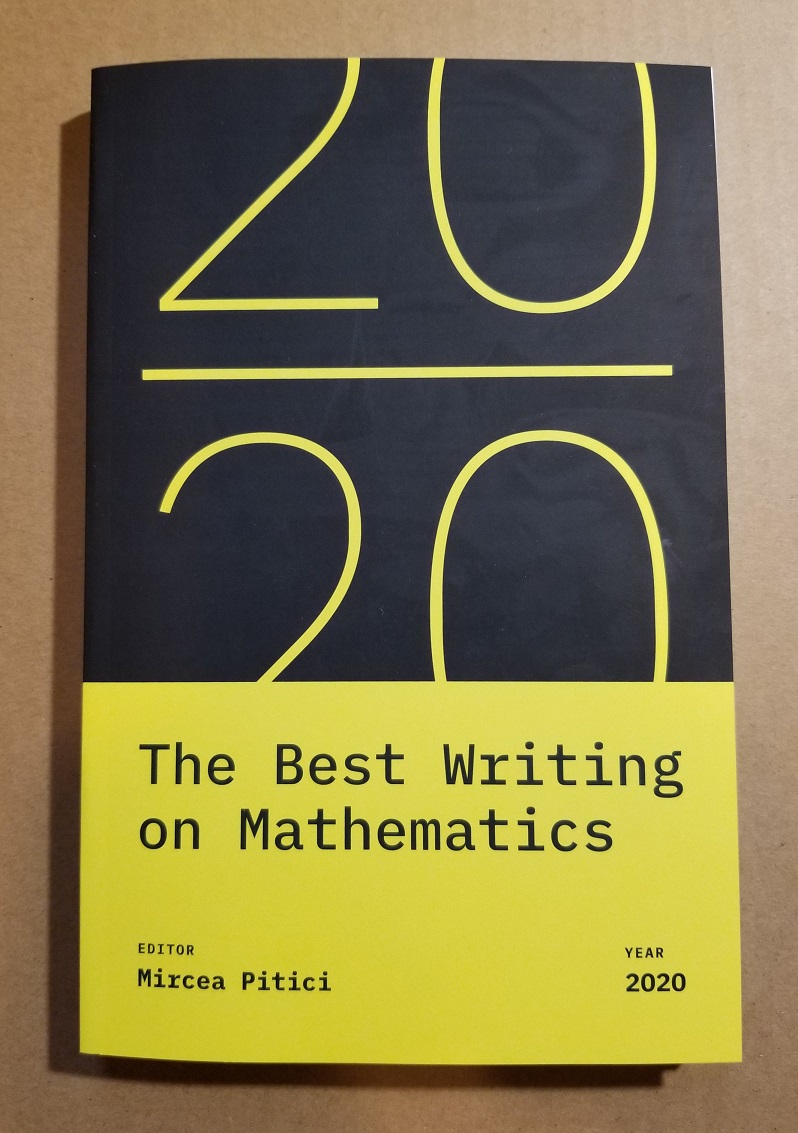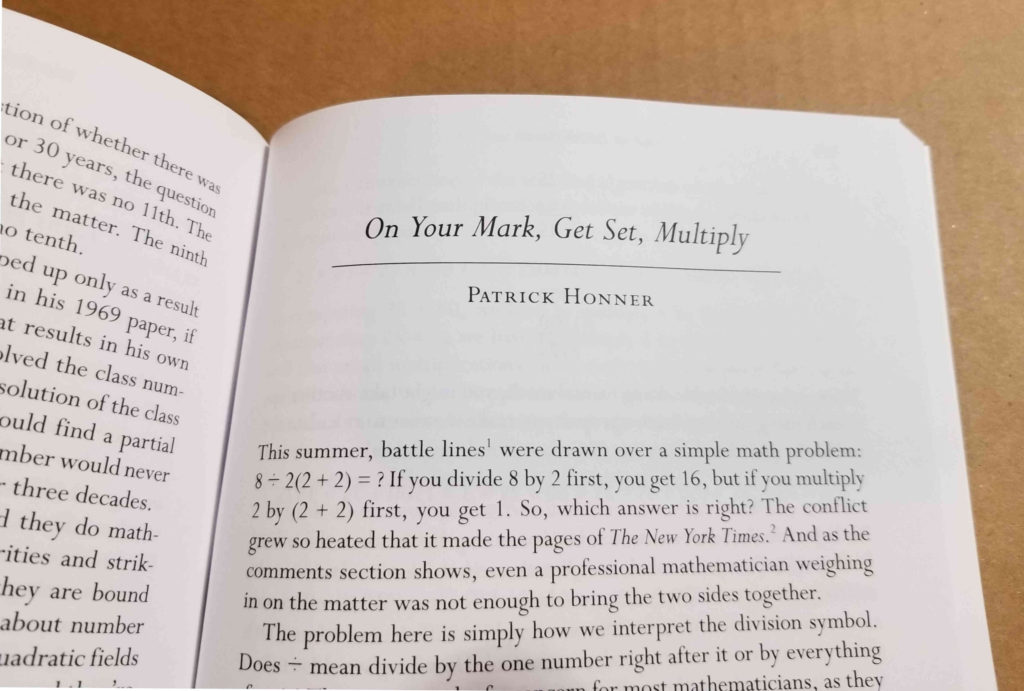My latest column for Quanta Magazine is about the infamous grazing goat. Perhaps you’ve met one.
If you’ve ever taken a math test, you’ve probably met a grazing goat. Usually it’s tied to a fence post or the side of some barn, left there by an absent-minded farmer to graze on whatever grass it can reach. When you meet a grazing goat, your job is to calculate the total area of the region it can graze on. It’s a math test, after all.
Math problems involving grazing goats have been around for over a hundred years, but it wasn’t until last year that one particularly stubborn goat problem was solved exactly. Read my column for some examples of grazing goat problems you might find on a geometry test, and about the problem that took mathematicians over a century to finally solve.





